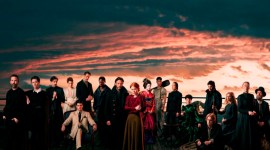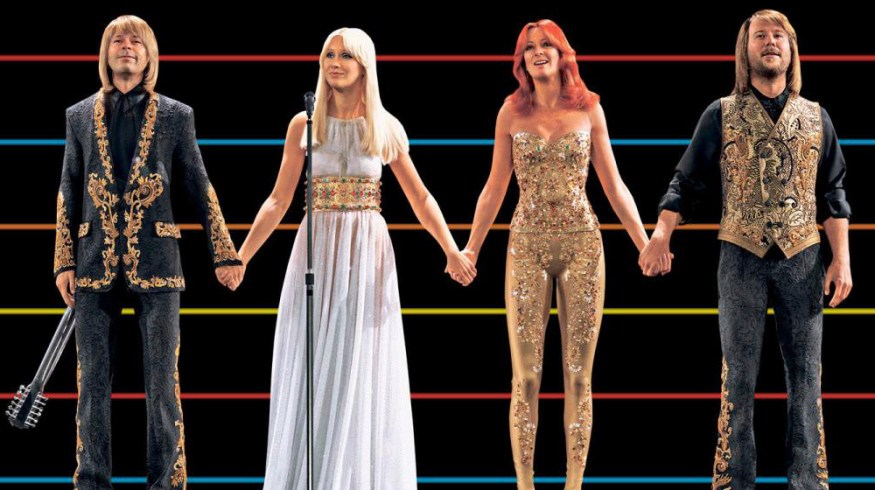
Are Holograms Here to Stay?
Holograms in films, advertising, and promotions are mostly used as an effect, but how long before they become mainstream narrative devices?
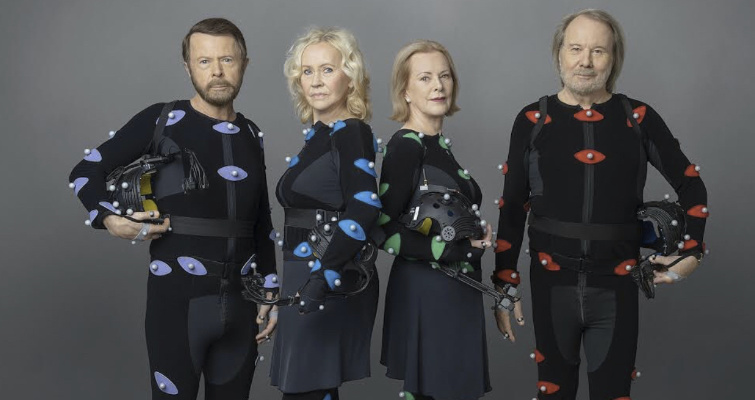
Creating a hologram for your next film isn’t as big of a stretch as it might seem. The large amount of data used to capture them means holograms are now more manageable and encodable, but perhaps best of all, the commercial world is using them to sell stuff, so the investment is on an upwards curve. Importantly, you don’t need those uncomfortable glasses to watch them.
According to recent research carried out by Arcturus—who produces software to capture, encode, and distribute volumetric video—the number of volumetric capture studios grew 45% from January 2021 to December 2021. The same company thinks that the market’s worth for the technology could approach $5 billion by 2026.
Just as a catch-up, here are some holograms that have pervaded popular culture and are now settled in all of our subconscious media banks.
Holograms on the Rise
In 2019 at the Billboard Music Awards, attendees and fans watching at home were treated to a live performance from Madonna as she performed her latest single. As she sang her latest hit, other Madonnas appeared and danced alongside the original, creating a show unlike any other and leaving fans to wonder how she pulled it off.
The Hologram had arrived, and the song was promptly forgotten.
Writer and Director Neill Blomkamp featured hologram scenes in his latest movie, Demonic. In dream scenes which are pivotal to the movie, he captured three-dimensional volumes (the main way to produce holograms). These movie scenes were longer than any other that featured holograms.
He told the specialist VFX website Before and Afters how excited he was about this volumetric capture,
I knew that I just loved it, and I wanted to use it somehow. I started speaking about it two or three years ago, how it worked, and how we would use it in the film? And mentally, I just filed it away in my head as “I want to figure out how to use that.”
– Director Neill Blomkamp
Charli XCX was another music star to use volumetric capture for a Samsung’s Galaxy earbuds promotion with her latest release as the music track. Again, over 100 cameras captured her movements, which could then be manipulated in the digital realm. Once you have the capture, everything becomes virtual.
See the video below (it’s in 9:16 format, as it was launched on her Instagram in August last year).
But these examples from the music, advertising, and film world pale compared to what’s coming to a particular screen in East London later this month.
Get ready for the ABBAtars!
This is ABBA as motioned-captured 1979 versions of themselves looking fabulous. They’ll sing their hits and their new album Voyage for 100 minutes, five days a week, without any intervals—ABBAtars don’t need to rest.
ILM used volumetric capture techniques, which involved over 100 cameras to “performance capture” the real ABBA, and then the VFX artists created the facsimiles. A ten-piece band will support the holograms and send audiences singing into the London night. The show is booked until December.
Just if you thought holograms needed a permanent structure to be created, Sky Sports invented a reason for the process to be mobile. At the Open Championships of 2019 and 2020, holograms were used to record the swings of some of the professionals who were vying for the championship.
They were asked to enter a Polymotion Stage where the volumetric capture happened. Set upright on the practice range, golfers were in and out within minutes, and their holograms were aired on Sky Sports only 48 hours later.
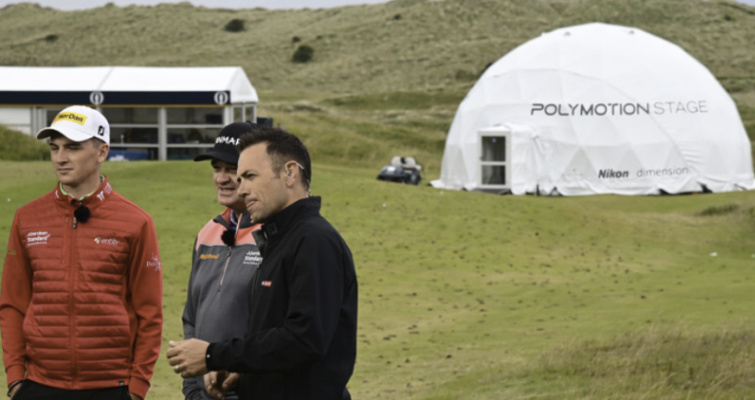
What’s the Future of Holograms?
Once captured, the volumetric video is entirely scalable. That means that augmented reality appearing on phone screens is where you’ll see thousands of 3D recreations. But, you don’t need AR to see a hologram, as perhaps the most exciting side of this new tech is that, other than its size, it’ll also scale to your Internet speed with adaptable filtering.
An example of the commercial possibilities aligning with holograms is perhaps also a by-product of the pandemic—fashion retail. While there’s no substitute for the trying out clothes in the fitting room while shopping, there is increasingly a move toward trying out clothes virtually. Holograms are helping with this.
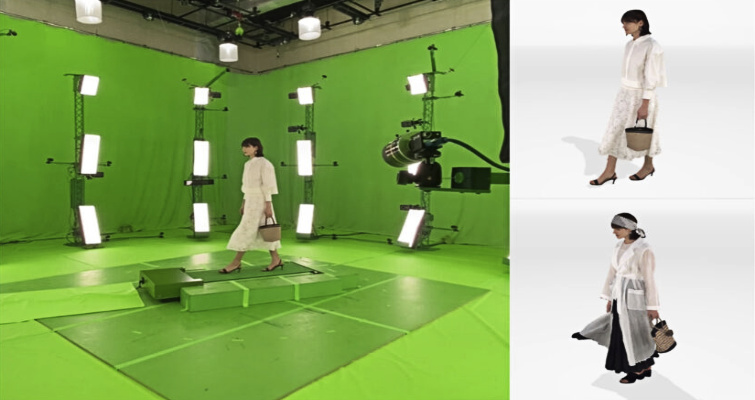
Japanese fashion brand ANAYI is one of several clothing brands using volumetric capture to highlight collections. Models are volumetrically captured with the specific clothes for sale. It’s like your own catwalk show.
You can check how the clothes move and how the colors react to the light. All this from the comfort of your phone screen. Like what you see, click “buy” with the security that you can return the item.
Ironically, ANAYI finds that seeing clothes presented in 3D reduces the number of returns, as 2D media (like print) doesn’t represent the clothes in real-life situations.
Leia’s Legacy
We’re at the early stages of this technology. But, we’re not far from the Star Wars depiction of Princess Leia’s pivotal hologram recording. Consumer cameras that measure depth like LiDAR, an essential part of hologram recreation, are already on some of the new iPhones. If we know anything about the creator world, the innovators will use this hardware and their ingenuity to bring down the cost of recording volumes and true 3D.
At the moment, entry into this new world is still prohibitively expensive. It would help if you had a large studio, several cameras, and post-production channels to manage a large amount of data. But, like Virtual Production, the technology and the price of entry are becoming scalable. The result will be a glimpse into science fiction and a new way of moving images.
In my next article, I’ll introduce how you can enter this new world and look behind-the-scenes at how holograms are made.
For more cool filmmaking tips and tricks, check out these articles:
- The Filmmaker’s Guide to the Apocalypse
- How to Speak Science Fiction: A Field Guide
- Making Your Own Fantasy Film: A Field Guide
- 7 Core Genre Elements Every Zombie Movie Needs
- How Denis Villeneuve’s Blade Runner 2049 Perfected the Art of Color Theory
Cover image via ABBA Voyage.




